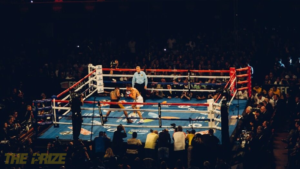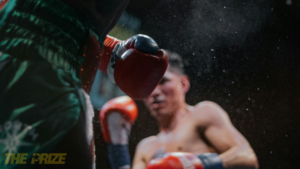Boxing is one of the oldest and most respected combat sports in the world. From ancient times to modern super fights, the sport has evolved dramatically, shaping the way we view competition, endurance, and strategy inside the ring. At The Prize Boxing, we’re taking a deep dive into the history of boxing and how it has transformed over the centuries.
Ancient Beginnings
Boxing dates back to at least 3000 BC, with early depictions found in ancient Egyptian and Mesopotamian art. The sport was later formalized by the Greeks, becoming a key event in the Olympic Games around 688 BC. Unlike modern boxing, these early matches had no weight classes or time limits, often continuing until one fighter could no longer continue.
The Romans adopted boxing but made it more brutal by introducing leather straps reinforced with metal, turning fights into deadly battles. Eventually, the sport was banned as the Roman Empire declined.
The Rise of Bare-Knuckle Boxing
After centuries in the shadows, boxing resurfaced in 17th and 18th-century England, evolving into bare-knuckle fighting. These matches were often lawless, with no formal rules, weight divisions, or protective gear. The turning point came in 1743 when Jack Broughton, a former champion, introduced the first official set of boxing rules, which included the introduction of a 30-second count when a fighter was knocked down.
In 1867, the Marquess of Queensberry Rules revolutionized boxing by introducing:
- Gloves for safety
- Three-minute rounds
- Ten-second knockdown counts
- Banning wrestling and certain dangerous techniques
These rules set the foundation for modern boxing and made it more of a sport than a street fight.
The Golden Age of Heavyweight Champions
The early 20th century saw boxing rise to international fame with legendary figures like Jack Johnson, the first African American heavyweight champion, who broke racial barriers in the sport. The following decades gave rise to other legends like Joe Louis, whose fights symbolized national pride, and Rocky Marciano, who retired undefeated.
The 1960s and 70s are often considered boxing’s golden age, largely due to Muhammad Ali. His battles against Joe Frazier, George Foreman, and others transcended sports, turning boxing into a global spectacle.
The Modern Era and Global Expansion
As boxing entered the late 20th and early 21st century, fighters like Mike Tyson, Evander Holyfield, Oscar De La Hoya, and Floyd Mayweather brought new excitement and styles to the sport.
Today, boxing has grown into a multi-billion-dollar industry, with pay-per-view super fights, streaming services, and crossover bouts featuring MMA fighters and influencers. While the sport has changed, its essence remains the same—two warriors stepping into the ring to test their skills, heart, and endurance.
Final Thoughts
From ancient battlegrounds to modern arenas, boxing has evolved into one of the most respected sports in the world. While the rules and techniques have changed, the spirit of the fight remains timeless.
Stay connected with The Prize Boxing for more insights, fight breakdowns, and the latest in the world of boxing.




